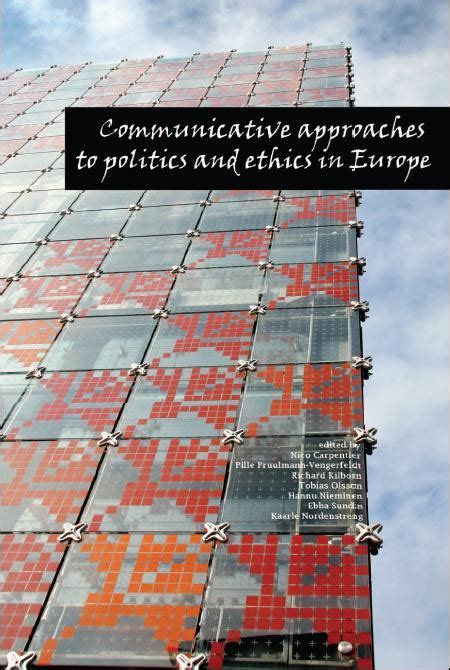Abstract
Reflecting on the current state of transnational and transcultural comparative media research, we can ascertain a certain paradox. On the one hand, there are many especially theory-driven publications on the high complexity of communicative landscapes in a ‘global media age’. Arjun Appadurai speaks about the complexity of global mediascapes (Appadurai, 1996: 33), understanding them as “fluid, irregular shapes” of mediated communicative flows. Or Ien Ang has discussed the indeterminacy as a result of the “too many, unpredictable determinations” (Ang, 1996: 172 – emphasis in original) of global media culture. Based on arguments like these, a discussion is emerging about de-westernising (Curran & Park, 2000) and internationalising (Thussu, 2009) media and communication studies that is seen as necessary to address the translocal communicative connections of the present global media age. On the other hand, we notice a striking narrowness in the methodological approach of much comparative media and communication research.

Hepp, Andreas; Möller, Johanna; Kleinen-von Königslöw, Katharina; Brüggemann, Michael; Lingenberg, Swantje (2009): Political Discourse Cultures in Europe. Explaining the Multi-Segmentation of the European Public Sphere through a Transnational and Transcultural Perspective. In Nico Carpentier, Pille Pruulmann-Vengerfeldt, Richard Kilborn, Tobias Olssonm, Hannu Nieminen, Ebba Sundin, Kaarle Nordenstreng (Eds.): Communicative Approaches to Politics and Ethics in Europe. The Intellectual Work of The 2009 ECREA European Media and Communication Doctoral Summer School. Tartu: Tartu University Press, pp. 45–58.
